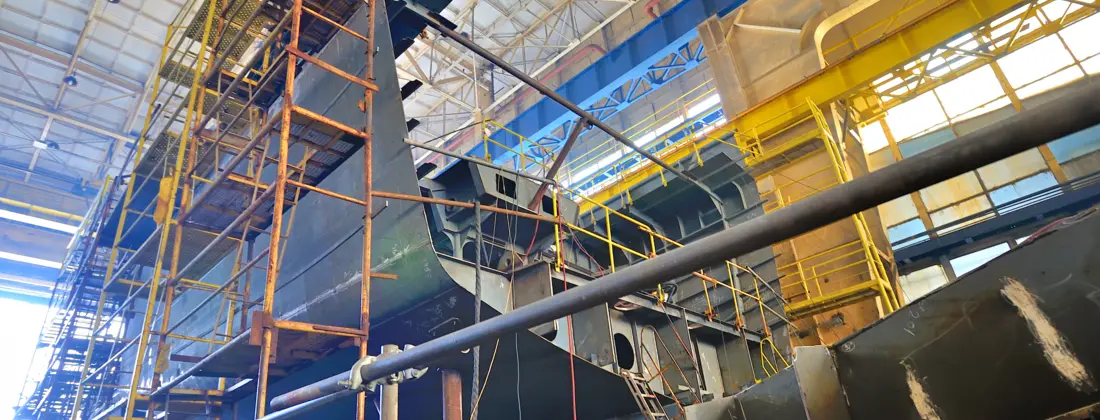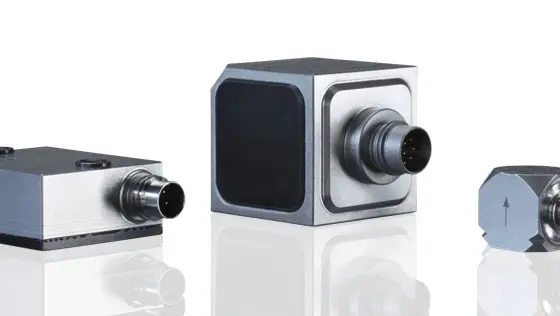Structural vibrations and related damage can affect ship structure, crew comfort and lifetime of the vessel's equipment. Measurement technology from Kistler supports engineers with obtaining the necessary data for marine modal and structural analysis – enabling a definitive description of the structure's response, which can then be evaluated against design specifications.
While ships are at sea, they are continuously exposed to varying loads from waves that subject the vessel to rigid body motions and deformations. A distinction is made between two types of deformation: the quasi-static response and the dynamic response. A vessel's dynamic response can be characterized by its modal parameters. Springing and whipping are two of the relevant dynamic responses for ships. Springing is the steady-state resonant vibration of the two-node flexural mode in response to continuous wave loading. Whipping is the transient elastic vibration of the ship's hull girder. Whipping vibrations typically result in higher accelerations that may produce higher stresses and increased fatigue.



![Solutions for hydrodynamic testing [object Object]](https://kistler.cdn.celum.cloud/SAPCommerce_Document_Preview/961-258e.webp)